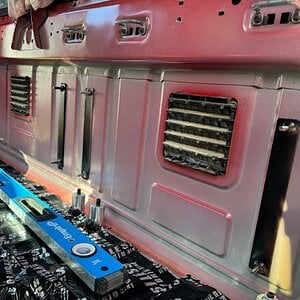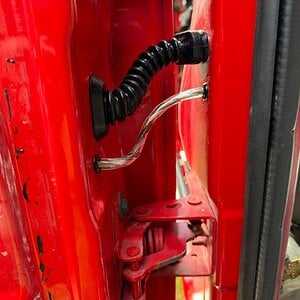Lowkey 10+ year member
Member
I have a 2003 Hyundai Santa Fe with the 2.7L V6. I installed a high output alternator from AutoTech engineering, 143 amps at 650 RPM and 286 amps at 1800 RPM. 1/0 ground directly from alt and a separate ground from battery. Using the factory power wire (from the old alt) in addition to a new 1/0 power run. Alt came with a 2 wire clip (original harness not used) 1 wire goes to alt top post and the other to a 12v ignition source (I used a fuse tap).
Voltage fluctuates a bit but in park, neutral or while driving it sits around 14.7-14.9. When I'm in drive but stopped, like at a traffic light, it will drop to low 14's. In Reverse it drops to mid 13's. Is this normal activity?
I'm using a volt meter that plugs into the cigarette lighter which I know isn't great (I've ordered a legit meter already) could this be the issue entirely?
It's also possible that the auto parts store gave me the factory sized belt when I asked for one .5" shorter. I googled this after the fact and realized that the 79" belt he gave me is the stock size. Would this somehow cause lower voltage in reverse and at idle?
I'm wayyy out of my depth here any advice/insight would be really helpful. TIA
Voltage fluctuates a bit but in park, neutral or while driving it sits around 14.7-14.9. When I'm in drive but stopped, like at a traffic light, it will drop to low 14's. In Reverse it drops to mid 13's. Is this normal activity?
I'm using a volt meter that plugs into the cigarette lighter which I know isn't great (I've ordered a legit meter already) could this be the issue entirely?
It's also possible that the auto parts store gave me the factory sized belt when I asked for one .5" shorter. I googled this after the fact and realized that the 79" belt he gave me is the stock size. Would this somehow cause lower voltage in reverse and at idle?
I'm wayyy out of my depth here any advice/insight would be really helpful. TIA


